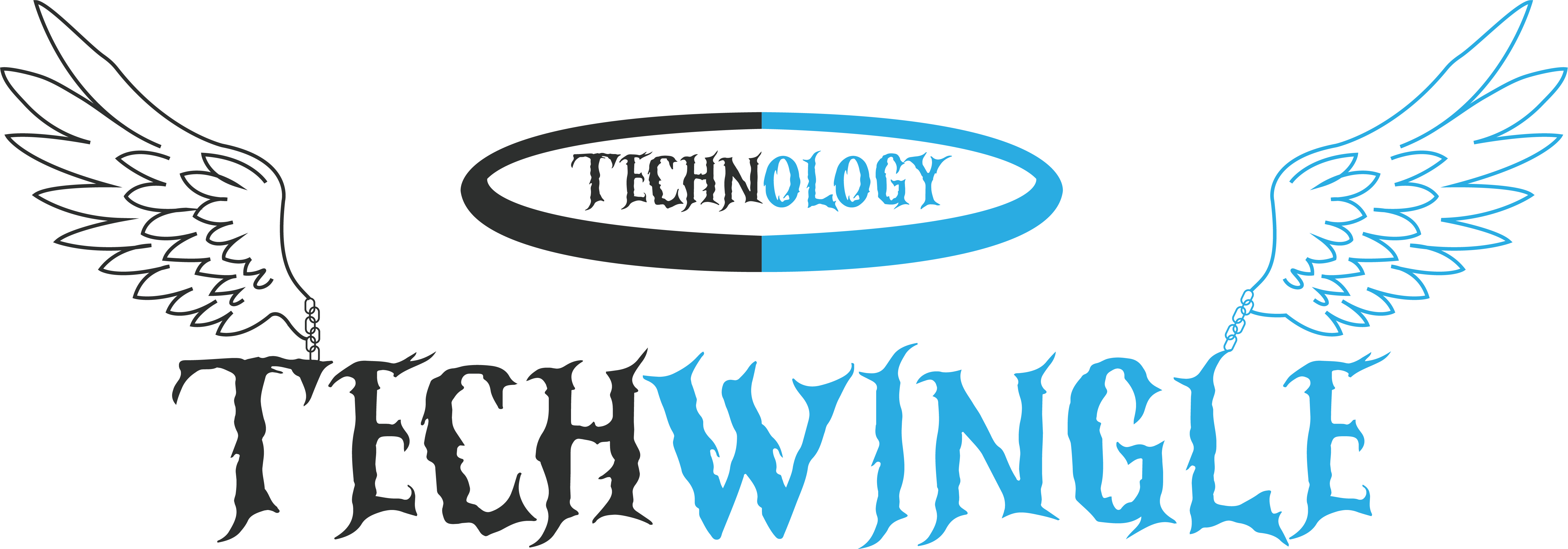Conventionally, FDs have been one of the favorite investment products for Indian investors in search of safety along with assured returns. Over the last couple of years, NBFCs have turned out to be key competitors in offering attractive interest rates on FDs. In a context where NBFCs price their FD products, understanding various factors that determine the rate of interest that NBFCs offer on FDs becomes very important for the investors. Knowing these determinants helps you make informed investment decisions, whether you are looking to earn a regular monthly income or grow your savings steadily.
The fixed deposit by Bajaj Finance stands out as one of the most trustworthy NBFC FDs in India, offering an attractive rate of interest up to 7.30% per annum along with tenure flexibility, paired with high credit ratings that make it secure and credible for investors to park their investments.
What are NBFC Fixed Deposits?
Unlike bank FDs, NBFC fixed deposits come from non-banking financial institutions governed by the Reserve Bank of India. These are usually issued at higher interest rates than a regular bank FD and, hence, are attractive to investors who aim for higher returns from reputed NBFCs.
One of the options could be to invest in Bajaj Finance FD, which offers an attractive rate of interest, a choice of tenure, including 12 to 60 months, and monthly, quarterly, or cumulative interest payout options for convenience.
Factors Affecting the Rate of Interest on NBFCs’ F.D.s
1. Macroeconomic environment
FD interest rates prevailing on FDs are closely linked to the overall state of the economy. With every move of the repo rate by the RBI-whether to control inflation or to boost growth-NBFCs change the interest rates on their FDs. During periods of high inflation, NBFCs may offer higher returns to attract more deposits; in a low-interest-rate regime, returns would fall.
2. Tenure of the fixed deposit
The primary role of tenure is deciding on the interest rate of the FDs. Generally, it is found that returns from longer-tenured FDs are much better due to the fact that the investors are locking their money for a longer time. Tenure for NBFCs may range between 12 to 60 months with flexibility offered at Bajaj Finance.
3. Credit ratings of the NBFC
The FDs from highly-rated NBFCs are considered safer. These, depending upon the financial health of the institution, are graded by credit rating agencies like CRISIL, ICRA, and CARE.
4. Liquidity requirements of the NBFC
The NBFCs revise the rates of FDs according to their requirement of funds. So, at any point in time when the NBFC needs fresh funds, it may give a better rate of interest to attract deposits, and when there is sufficient liquidity, the rates would stabilize or drop.
5. Regulatory Changes
Any development in the RBI’s regulatory framework, whether on risk management norms or on reserve requirements on capital, would influence an NBFC’s cost of funds and thereby may have a bearing on interest rates offered on fixed deposits.
6. Competitive Market Landscape
NBFCs generally revise the rates of FDs concerning the competition in the market. If the competing institutions are offering better rates, for example, then the NBFC would raise the rates to cope with them. Bajaj Finance FD, although regularly revising the rates to keep pace with the market trends, strikes a balance between return and safety.
7. Amount of deposit and type of scheme
Interest rates change with the amount invested and type of payout: monthly, quarterly, or cumulative. Large deposits at times tend to have comparatively better rates, and opting for cumulative FDs enhances returns through compounding.
Example: Generate a Monthly Income with NBFC FDs
In the case of an investor needing monthly regular income, NBFC FDs may be effective with options of monthly payouts. A deposit of ₹1 crore will fetch up to ₹60,000 approximately per month as interest pre-tax with Bajaj Finance FD offering up to 7.30% p.a., depending on the tenure and payout frequency chosen.
Such investments, planned together with other financial instruments, can be part of a balanced portfolio.
Importance of Credit Rating while Choosing NBFC FDs
Essentially, NBFCs’ credit ratings are what one should look at before investing. A high rating, much like the triple-A rating accorded to Bajaj Finance, means there is assurance about the timely payout of interest and the safety of the principal amount. It is this blend of return and reliability that has made Bajaj Finance FDs the investment of choice for conservative investors.
Conclusion
The rates that NBFCs offer on FDs depend upon many factors like the macroeconomic environment, tenure, credit ratings, and market competition. For an investor in pursuit of stable and assured returns, it therefore becomes paramount to understand these variables and optimize a fixed deposit portfolio.
Bajaj Finance FD is an excellent avenue for safe and agile investment, promising as much as 7.30% per annum, supported by strong credit ratings and digital convenience. Thus, whether regular income generation or building wealth in due course is the purpose of investment, choosing a reputed NBFC FD like Bajaj Finance can help the investor create the right balance between safety and returns.





